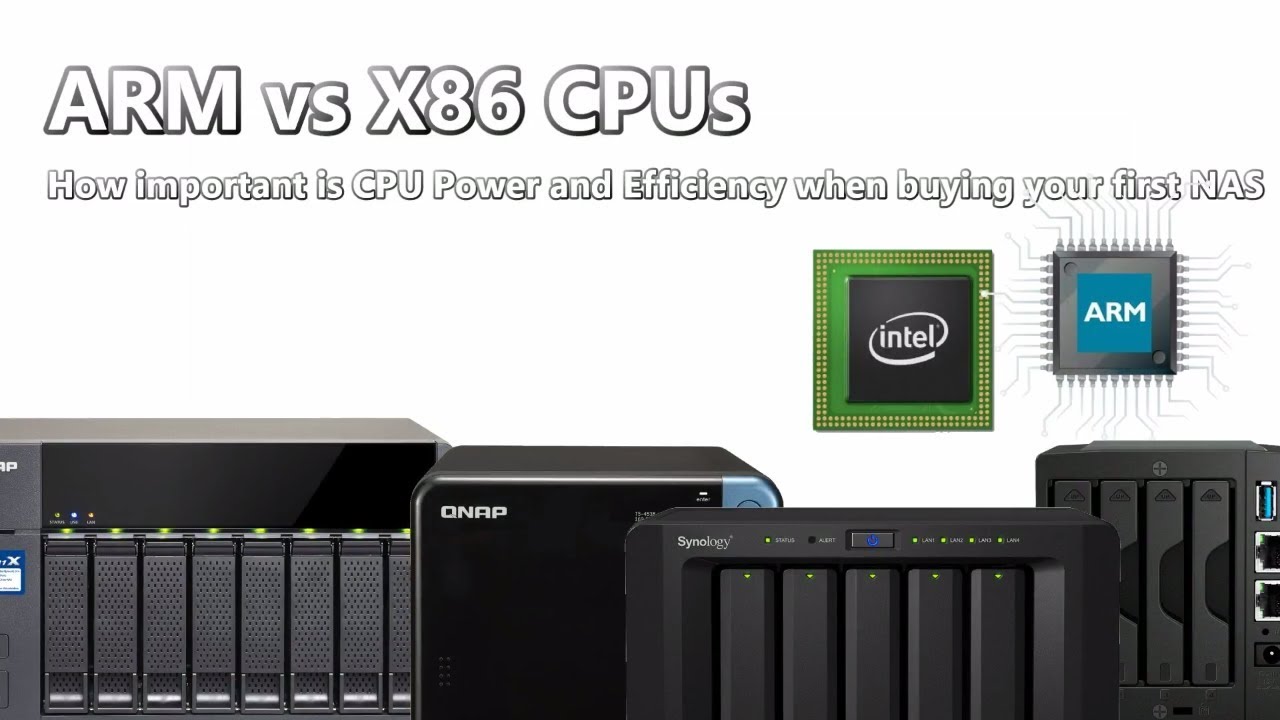How important is CPU Power and Efficiency when buying your first NAS?
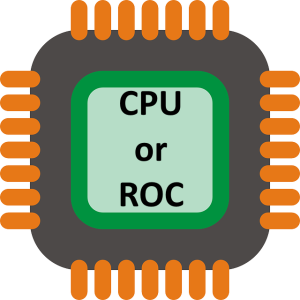 With hundreds of kinds of NAS available in the market to buy, it is easy to get confused as to which unit is best suited to the network solution you need. Often we can look at factors such as the brand name (Synology, QNAP, Thecus, etc) to get a general gist of the kind of support and service you will expect both from your NAS server and the software included, but even then the hardware will always play a key stage in how well your device will perform to your requirements. So we can delve deeper into the hardware to learn more. External hardware is another tell-tale sign of course. Companies like QNAP and Thecus NAS like to provide direct access hardware options such as HDMI, Audio in/out, LCD panels and even Thunderbolt. Whereas NAS brands like Synology and Drobo like to keep thing purely network/internet access and keep the external of their devices limited to the likes of USB or simple LED lights. But one of the BIGGEST ways to tell decide on the NAS you have in mind, comes down to the CPU. The Central Processing Unit (CPU) is the “brains” of your device. More so, how it runs, its efficiency, its individual cores and it’s power can hugely dictate the ability of your NAS.
With hundreds of kinds of NAS available in the market to buy, it is easy to get confused as to which unit is best suited to the network solution you need. Often we can look at factors such as the brand name (Synology, QNAP, Thecus, etc) to get a general gist of the kind of support and service you will expect both from your NAS server and the software included, but even then the hardware will always play a key stage in how well your device will perform to your requirements. So we can delve deeper into the hardware to learn more. External hardware is another tell-tale sign of course. Companies like QNAP and Thecus NAS like to provide direct access hardware options such as HDMI, Audio in/out, LCD panels and even Thunderbolt. Whereas NAS brands like Synology and Drobo like to keep thing purely network/internet access and keep the external of their devices limited to the likes of USB or simple LED lights. But one of the BIGGEST ways to tell decide on the NAS you have in mind, comes down to the CPU. The Central Processing Unit (CPU) is the “brains” of your device. More so, how it runs, its efficiency, its individual cores and it’s power can hugely dictate the ability of your NAS.
What are the main CPU that NAS brands like Synology, QNAP and Drobo use?
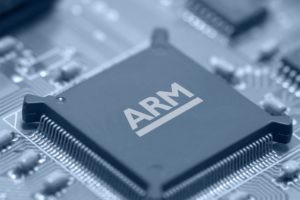
In almost all modern NAS in 2017 and 2018, you will find two kinds of CPU. ARM Based processors and x86 based CPU. Both of these are designed with different price points and more importantly different usage in mind. Let’s take a closer look at either CPU Type and where they are found in NAS:
Typical ARM Manufactuers in NAS: Annapurna Labs, Marvell and RealTek
Synology ARM NAS – DS418J – £250+ ex.VAT or DS218j – £150+ ex.VAT (TBC)
QNAP ARM NAS – TS-431P2 – £240+ ex.VAT or TS-831X – £580+ ex.VAT
Drobo ARM NAS – Drobo 5N2 – 430+ ex.VAT or Dorbo 5N – £370+ ex.VAT
Typical X86 Manufacturers in NAS: Intel and AMD
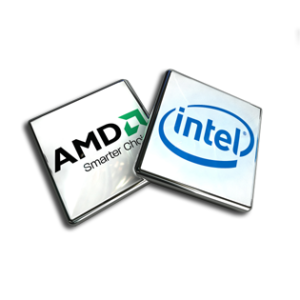
Pretty much the world’s most popular CPU used in Windows PC, Mac systems and more throughout home and business. Originally developed by Intel and features subcategories such as the Core Duo, Xeon, Pentium, Atom and Celeron. All of these are found throughout multiple NAS devices and generally mean the NAS is designed for much more intensive power/resource hungry tasks. The other big x86 brand is AMD. Their range includes such popular NAS CPU previously as the Athlon, Sempron and Opteron. However we have seen more use in 2017 and 2018 of chips like the Ryzen 7 and R6 Series. Though you will only typically find the AMD CPU in NAS from the likes of QNAP. The ’86’ in the naming relates to differentiation between the 286, 386 and 486 models – relying on the recurrence of the “86”.
Synology Intel NAS – DS918+ – £460+ ex.VAT or DS3018XS – £1150+ ex.VAT
QNAP Intel NAS – TS-253B – £430+ ex.VAT or TS-453B – £530+ ex.VAT
Thecus Intel NAS – N5910PRO – £510+ ex.VAT or N2810PRO – £250+ ex.VAT
What is the main difference between ARM and X86 CPU in NAS?
Though we will focus on their output later, the core difference between ARM and x86 chips is how they execute commands within their instruction set. The more detailed and comprehensive x86 chips use a system known as CISC, this stands for “complex instruction set computing.” In real terms that means amount of code or instruction provided to/from the CPU to perform a given action – the more complex the action, the more clock-cycles (waves of CPU work) are required to perform the task requested.
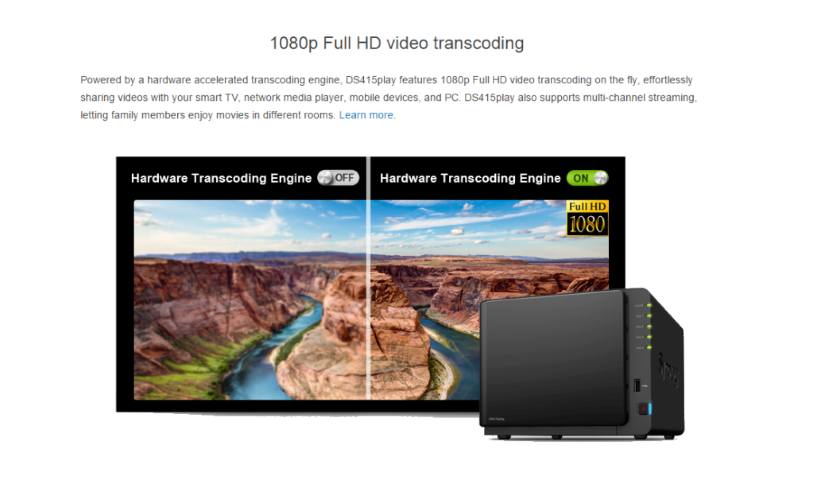
ARM CPU in NAS use a system known as RISC, “reduced instruction set computing”. Compared with X86 CPU in NAS, RISC instructions/commands are extremely rudimentary instruction sets, rather than working through wave after wave of commands, each process is broken down into extremely simplified, smaller steps. The result is that where as an Intel Celeron or Intel i3 needs to work through all the instructions over many cycles, an ARM CPU like the Annapurna or RealTek work on these simplified instruction sets and therefore executes each in a single clock cycle/wave. However the result is that ARM CPU can only work with more traditional CPU operations and not complex rendering instructions, as these are either impossible to simplify over RISC or would overheat the low powered ARM CPU.
How does CISC in x86 CPUs and RISC in ARM CPUs change the NAS use?
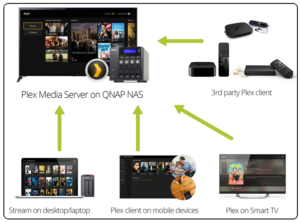
Due to the very different nature of how instructions are handled and commands executed, you can hugely narrow down the perfect NAS for your tasks this way. A NAS featuring an ARM processor (Marvel, Annapurna or Realtek) is designed with reduced power use. Its raison d’être is to perform as high as possible, whilst still maintaining low-power usage. ARM CPU based NAS can be used for multi file operations, backups of systems and feature in a number of business NAS devices designed with document and database archives in mind. They can certainly be used to play and stream Media over the likes of DLNA and Plex Media servers (though you will need at least a dual core 1.4GHz clock speed and 1GB of Memory) but for the most part, functionality such as transcoding of files and 4K Playback are largely not possible. That said, newer Realtek CPU used in NAS like the DS418 and DS218play are 64bit (most ARM are 32bit architecture) and can not only play 4K Media, but transcode it too! Transcoding is one fo the most demanding NAS processes (next to VM Creation and hosting) that a NAS can do. It is the reshaping of multimedia files on the fly so they are more suitably played on the client/streaming device i.e. playing a 4K Resolution file on an iPhone.
x86 CPU such as Intel and AMD on NAS Servers
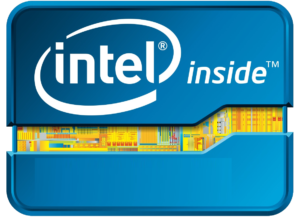
x86 Processors on the other hand can massively out perform ARM both on single tasks and multiple tasks. They are also more suitable for rendering, transcoding, graphic creation in VMs and more. Alongside this it is also worth highlighting that an x86 CPU can do anything an ARM can do. It is just a fact that an x86 will perform all tasks quicker. This of course comes at a price, both financially and consumption. The average x86 Intel i7 CPU in a 4-Bay NAS produces around 35-45W whilst in operation, whereas an average ARM has a maximum use of around 20-25W. Likewise in hibernation or standby, x86 use 10-15W, where as an ARM will use as little as 4-6W. Likewise a NAS with an x86 CPU will be between 15 and 30% more expensive in terms of cost (like for like), but this is largely due to the device being able to do more and the cost of the hardware itself.
What are the Advantages and Disadvantages of an ARM CPU in a NAS Servers?
To summarize, the Pros and Cons of ARM based CPU are:
![]()
+ Lower cost of hardware means that the overall cost of NAS is lower
+ Lower Power Consumption, leading to lower toll on hardware lifespan and longer operational lifespan
+ Less heat produced
+ Can easily support a Surveillance based NAS use and multiple IP Cameras (upto about 20x at the top end of ARM processors)
+ Brands like Realtek are producing more and more 64bit chips to handle more intensive operations
+ Powerful enough to handle DLNA Media streaming, typical file level exchanges on a NAS and backups
+ Better for file operations at home and SMB
– The majority of ARM CPUs cannot handle transcoding, large-scale rendering, 4K media or anything that you would typically require an embedded or graphical supported element
![]()
– Low power use is more suited mobile and low powered devices, than a standalone machine
– Some popular features in NAS applications may be limited or unable to run effectively on ARM based NAS
– Can only support EXT 4 internal NAS file systems
What are the Advantages and Disadvantages of x86 CPU based NAS Servers?
Though it may seem obvious now, it is worth highlighting the Pros and Cons of CPUs from the likes of Intel and AMD:
![]()
+ Much, much more powerful Processors available mean that bigger and better operations are possible
+ Supporting popular NAS functions such as Transcoding Natively and in a Plex Media Server, Virtual Machine Hosting, HDMI output for multimedia and editing files on the fly
+ Able to provide much greater support for surveillance NAS users with CCTV IP Cameras upto 40+
+ Much better multi-tasking and multi-user processing
+ Supporting better file systems than EXT4, such as BTRFS and ZFS
+ Transcode multiple streams of 4K and 1080p with more top end CPUs
+ Far better for multimedia playback over network, internet and locally over direct access
![]()
– Much, much more expensive once you reach i5 and i7 Intels , as well as the Ryzen 7 AMD
– Much higher power consumption and heat generation, can lead to a shorter lifespan of the chip compared with ARM
– Although low powered x86 CPU have been attempted (Atom), they still consume comparatively higher than ARM CPU
Finally, why are Plex Media Servers better on x86 CPU NAS Server devices?
As already mentioned, when transcoding content, generally the higher the resolution and the higher the bitrate, the more powerful CPU you’ll need in order to change and re-shape a media file to an output more suitable for the destination device (an iPhone that needs a smaller resolution or a codec it supports for example). However that is when you are using native playback – playing from the NAS File structure directly to the output device. Plex on the other hand has several additional layers between the devices, meta data is being scrapped from online sources to fill in thumbnails, descriptions, trailers, images and more.
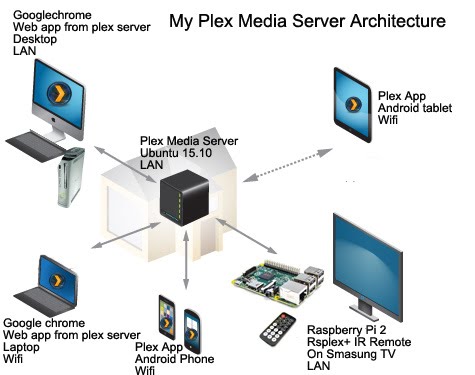
Likewise with data being created back and forth, there is still work being done by the Plex Media Server to transcode when needed and being received by Plex on the other end too (on a mobile Plex App, Desktop Application or Smart TV App and more). This is ALOT of work! It is already pretty hard going on a NAS CPU to received line after line of instructions to transcode the media (something an ARM can barely handle, with the exception of more modern 64bit ARM Realtek) but transcoding on a Plex Media Server NAS is just not possible on an ARM – Too many instructions and lines of command for it to minimize on the fly! So if you are looking for a NAS Server for your Plex Media Server, have a look at the recommendations below:
Low Cost Plex Media NAS Server with transcoding – QNAP TS-253A – £290+ ex.VAT or Synology DS218+ – £280+ ex.VAT
Mid-range Plex Media Server NAS with transcoding – Synology DS918+ – £460+ ex.VAT or QNAP TVS-673 – £900+ ex.VAT
High-end Powerful NAS for a Plex Media Server with transcoding – QNAP TVS-1282 – £1700+ ex.VAT or Synology DS3617XS – £1900+ ex.VAT
Where can I buy the perfect NAS, DAS or SAN?
Choosing the right data storage device can be rather difficult. Having to consider everything from budget, total capacity, reliability and of course, ensuring that you get value for money – all of these factors can result in getting lost in a confusing world of NAS, DAS and SAN. Never fear, why not trust the NAS experts, nascompares.com. They will provide technical advice, individually tailored solutions that suit your needs, bad sector checks on all hard drives and SSD, firmware installations and RAID configurations, as well as post sales support for years after and checks on your setup later to ensure that the solution best suited your needs – ALL THIS completely FREE. So, why not get in touch with them and make the process of choosing the right data storage solution for your needs a great deal easier.
Need Help?
Where possible (and where appropriate) please provide as much information about your requirements, as then I can arrange the best answer and solution to your needs. Do not worry about your e-mail address being required, it will NOT be used in a mailing list and will NOT be used in any way other than to respond to your enquiry.
📧 SUBSCRIBE TO OUR NEWSLETTER 🔔
🔒 Join Inner Circle
Get an alert every time something gets added to this specific article!
This description contains links to Amazon. These links will take you to some of the products mentioned in today's content. As an Amazon Associate, I earn from qualifying purchases. Visit the NASCompares Deal Finder to find the best place to buy this device in your region, based on Service, Support and Reputation - Just Search for your NAS Drive in the Box Below
Need Advice on Data Storage from an Expert?
Finally, for free advice about your setup, just leave a message in the comments below here at NASCompares.com and we will get back to you. Need Help?
Where possible (and where appropriate) please provide as much information about your requirements, as then I can arrange the best answer and solution to your needs. Do not worry about your e-mail address being required, it will NOT be used in a mailing list and will NOT be used in any way other than to respond to your enquiry.
Need Help?
Where possible (and where appropriate) please provide as much information about your requirements, as then I can arrange the best answer and solution to your needs. Do not worry about your e-mail address being required, it will NOT be used in a mailing list and will NOT be used in any way other than to respond to your enquiry.

|
 |


